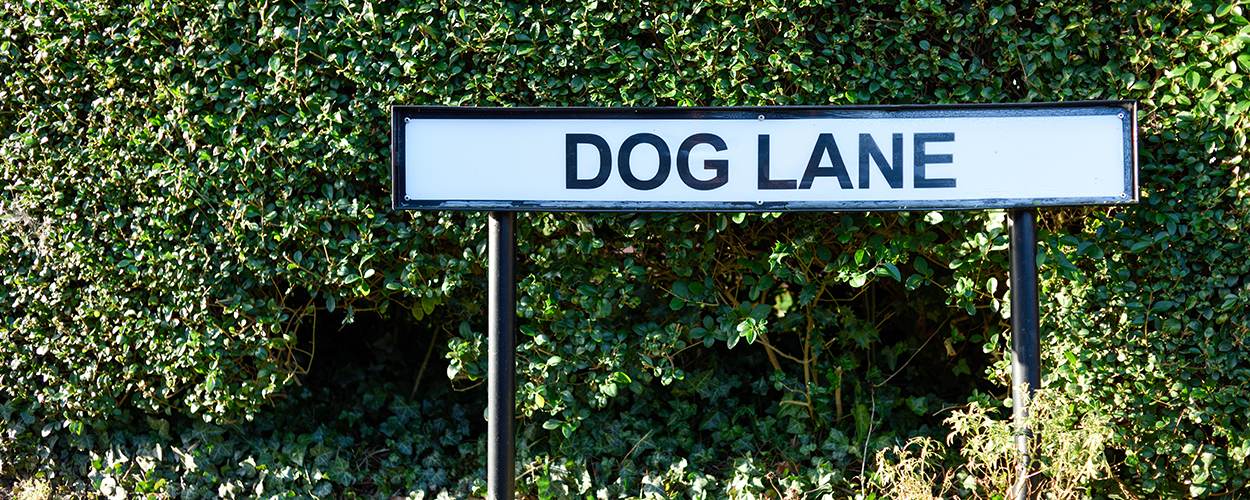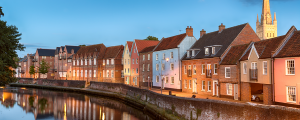The controversial impact of naming streets
Street naming and numbering might appear a straightforward and uncontroversial process, but this seemingly simple task can quickly get caught up in the politics and differing views of a population. Any decision to name a street to accommodate or celebrate a person of power or influence could be met with resistance. What should be a relatively innocuous decision can become emotionally charged, meaning a simple street naming decision turns into a magnet for time, money and debate. In this blog, we reveal some examples of street naming controversy and explain some best practice steps you can take to avoid such a contentious issue.
Madrid’s Margaret Thatcher Plaza
In the UK, local authorities are obligated to adopt the street naming and numbering policy enshrined within the law. However, that is not necessarily the case in other parts of the world. For example, when the Mayor of Madrid, Ana Botella, inaugurated Plaza Margaret Thatcher in 2014, it sparked debate about the appropriateness of having a city square named after the ‘Iron Lady’. The sign was repeatedly vandalised, and while it is still there today, many residents are against this association.
Renaming streets on the Fort Hamilton base, USA
In 2017, the US Army was asked to rename streets on Fort Hamilton base, honouring Confederate generals. Ten military bases, all in the South, bear the names of Confederate soldiers, including Fort Lee, Virginia, and Fort Bragg, North Carolina. There is a growing sentiment that honouring Confederate generals in this way perpetuates Confederate symbolism, potentially fuelling the rise in ideological-driven racism within the military. Yet the Army continues to argue that the street naming was done in the spirit of reconciliation, not to demonstrate support for any cause or ideology. The debate continues.
To avoid such controversies, there are a few basic codes of best practice to follow, such as:
- Use local landmarks as a basis for naming
- Use non-controversial historic references for the locality
- Use a neutral numeric-based convention as an alternative for the above
- Avoid naming a street after any living or recently deceased person
- Avoid naming a street after a political party, tribe or religion
- Avoid duplication, if possible, especially within the same area
The best practices in street naming conventions are documented in some countries. In the UK, GeoPlace has published a guide to best practice.
Avoiding controversy
The underlying strategy is to avoid controversy. While honouring a famous person with a street name may seem a great idea at the time, there is always a risk of unforeseen controversy coming to light at a later time. Far better to avoid the potential embarrassment in the first place. Using local landmarks and history as a basis for street naming is a good place to start. It gives the name context, acceptance and ownership from local citizens, but does take time and consensus to do. A neutral numeric-based system (1st street, 2nd street) could be considered boring, cold or impersonal by comparison, but has the advantage of being quick to implement and scalable for large volumes as it can be automated.
A more mundane consideration is to avoid duplication or similar sounding or spelt names within the same locality. This is easy to do when adopting a numeric convention but more time-consuming when manually allocating. Failure to make this assessment will confuse citizens and businesses.
Get in touch with our expert address data solutions team to find out more about the conventions of street naming and numbering, in Great Britain and around the world.






